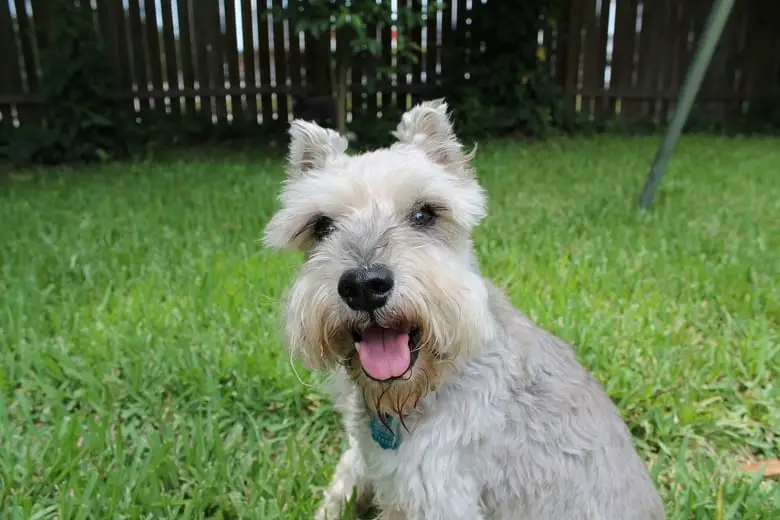The benefits of dog ownership are widely known and understood. Many dog breeds are popular as pets for inherent qualities such as their playfulness, cuteness, and loyalty, but there is perhaps a less-discussed advantage to certain dogs. Many adorable, beloved breeds are also excellent rat hunters! It is a common misconception that cats make the best rodent catchers.
Cats typically kill purely for enjoyment, and with their willful and often-stubborn personalities, cannot necessarily be relied on to catch rats on command. The following is an overview of the various types of dogs that hunt rats. Some of the specially-bred canines on this list may surprise you!
The 12 Different Dogs That Hunt Rats
If you are on the hunt, so to speak, for a best friend and a pest control service all-in-one, then look no further than the following breeds.
1. Jack Russell Terrier
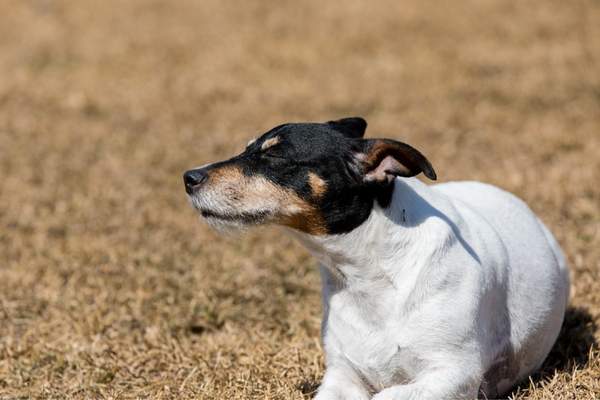
Average Lifespan: 12-14 years
Average Size: 9-15 pounds
Coat: Short, can be wiry or smooth
The Jack Russell Terrier is a lively, compact dog who loves to dig. They were first bred in England around the seventeenth century by hunting enthusiasts.
The Jack Russell Terrier thrives on having a job to do and a way to channel their boundless energy. Their beautiful and low-maintenance coat happens to be weatherproof, meaning built to hunt rain or shine!
Since the Jack Russell Terrier requires a lot of exercise, the breed is ideal for farm or ranch owners with vast amounts of land to protect from vermin.
2. Rat Terrier
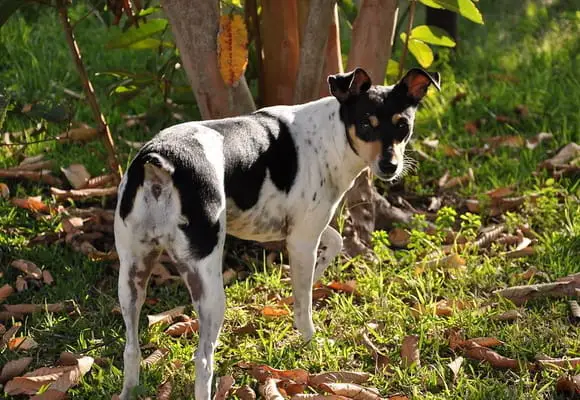
Average Lifespan: 12-18 years
Average Size: 10-15 pounds
Coat: Short, smooth
What’s in a name? In this case, everything. The Rat Terrier was bred in England in the eighteenth century by farmers seeking to protect their crops and livestock. Over the years, the Rat Terrier has maintained its reputation as one of the most reliable and steadfast dogs that hunt rats, but is highly skilled in eliminating all types of pests.
Rat Terriers have even been used to help combat New York City’s notorious rat problem! The Ryder’s Alley Trencher-fed Society, a rat-hunting organization based in New York, is composed mainly of terriers and their owners, and the group meets regularly to scour the streets of NYC in pursuit of rodents.
3. Norfolk Terrier

Average Lifespan: 12-16 years
Average Size: 11-12 pounds
Coat: Short, wiry
Norfolk Terriers are tiny working dogs who, alongside their close relatives the Norwich Terrier, are the smallest of the working terriers. The Norfolk breed can be differentiated from the Norwich by their charming ‘drop ears’.
Although the Norfolk Terrier usually stands no higher than 10-inches at the shoulder, their modest stature does not preclude them from being utterly fearless hunters. Developed in England in the early twentieth century to catch rats and foxes, this pocket-rocket breed will tirelessly pursue its prey and look delightful while doing so.
4. German Pinscher

Average Lifespan: 12-14 years
Average Size: 25-45 pounds
Coat: Short, smooth
The German Pinscher is a medium-sized breed with a sleek and elegant appearance. They are one of Germany’s oldest and most celebrated dog types and an ancestor of the Doberman and Rottweiler breeds, for which they are sometimes mistaken.
As the German Pinscher is exceptionally intelligent, they require near-constant activity to keep them from becoming bored and destructive.
They love nothing more than having a task, and with guidance, they will revel in using their considerable wits and sleek physique to chase and catch prey.
5. Yorkshire Terrier
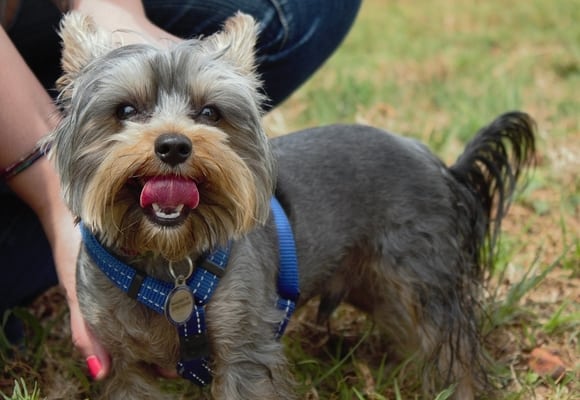
Average Lifespan: 11-15 years
Average Size: 7 pounds
Coat: Long, silky
The Yorkshire Terrier, commonly nicknamed The Yorkie, is a salt-of-the-earth terrier wrapped up in a pretty parcel.
One of the prettiest dogs that hunt rats, they are characterized by their stunning, floor-length coats. This often leads them to be mistaken for purely decorative lap dogs. However, they originated in the nineteenth century in England specifically to be a ratting terrier in mines and mills.
Tenacious, bold, functional, and aesthetically enchanting, The Yorkie is an excellent choice for a pest-conscious owner seeking the whole package.
6. Lakeland Terrier
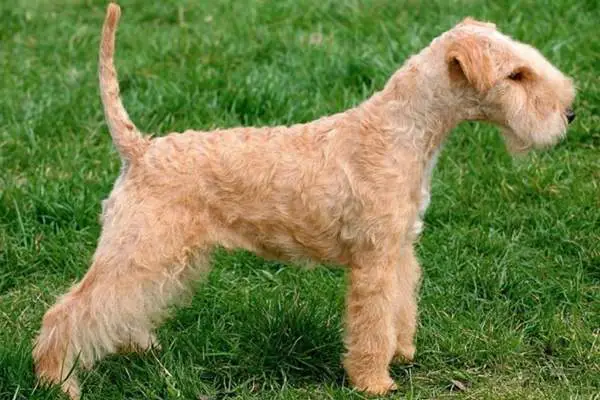
Average Lifespan: 12-15 years
Average Size: 17 pounds
Coat: Short, wiry
The courageous, lively Lakeland Terrier originated in England in the seventeenth century and served the purpose of fox control. The size of the Lakeland Terrier makes them especially useful as a hunter in hard-to-reach places.
Although small, the Lakeland Terrier is sturdy and has strong legs that enable speed and make them particularly adept at navigating rugged terrain. Since they were originally employed alongside hounds, they will show remarkable stamina and heartiness in their pursuit of rats and other prey.
7. Dachshund
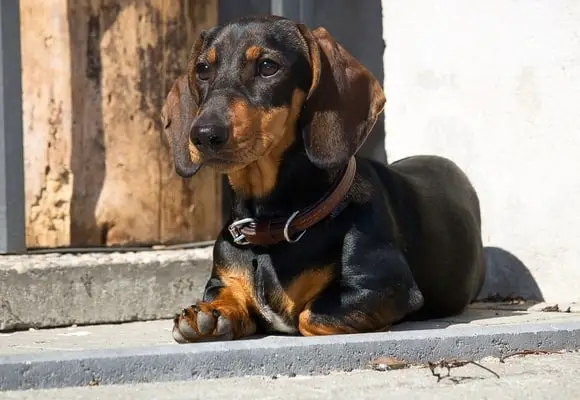
Average Lifespan: 12-16 years
Average Size: 16-32 pounds
Coat: Short or medium, smooth
The unmistakable Dachshund breed, commonly known as the Weiner Dog or Sausage Dog, is famous for its long body and tiny legs.
Opinions differ regarding when these distinctive dogs first emerged. The American Kennel Club states the dachshund was bred in the fifteenth century, whereas the Dachshund Club of America claims that foresters bred the dogs in the eighteenth or nineteenth century.
Although beloved for their endearing appearance, their physicality is primarily purposeful: the standard-sized dachshund was developed to smell, chase, and flush out badgers and other burrow-dwelling creatures, while the miniature dachshund hunts small animals such as rabbits.
8. Manchester Terrier
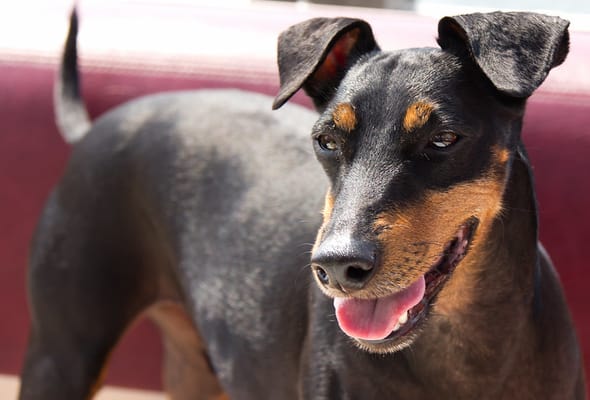
Average Lifespan: 15-17 years
Average Size: 12-22 pounds
Coat: Short, smooth
Named after the English city where it originated, The Manchester Terrier developed around the mid-eighteenth century.
At that time, Manchester was the center of England’s textile industry, and local mill workers made sport of hunting rabbits and rats. The Manchester Terrier was bred as the ‘all-purpose’ hunting dog of the times.
Sleek and regal in appearance, the Manchester Terrier comes in a standard and toy size. Both varieties share exceptional athletic ability, powered by muscular cabooses and aerodynamic short coats.
9. Miniature Schnauzer
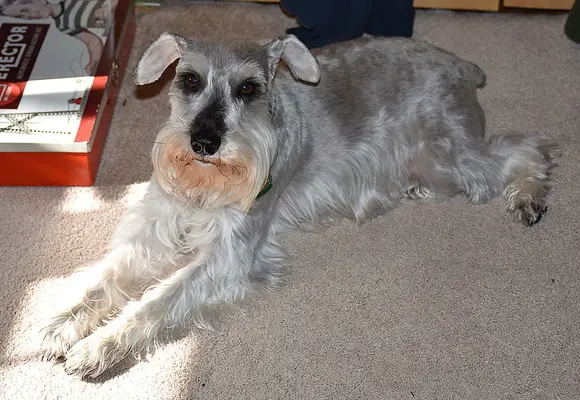
Average Lifespan: 12-15 years
Average Size: 11-20 pounds
Coat: Medium, wiry
The Miniature Schnauzer originated in Germany in the mid-to-late nineteenth century.
The smallest of the three Schnauzer breeds, the Miniature Schnauzer is known to be friendly, clever, and obedient, making it a much sought-after pet. Their famous bushy beards and eyebrows are so winsome, one can easily forget that these gorgeous canines were bred to be all-around farm dogs and ratters.
The Miniature Schnauzer is an outstandingly versatile breed. Its small size has made it desirable for many city-dwellers, while its inborn energy and hunting instincts easily lend themselves to farm life.
10. West Highland White Terrier
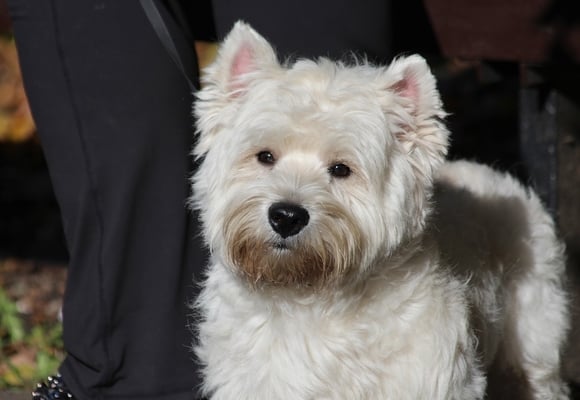
Average Lifespan: 13-15 years
Average Size: 15-20 pounds
Coat: Medium, double
Colloquially known as the Westie, the West Highland White Terrier breed originated in Scotland and is purported to have existed as early as the fifteenth century. They are amongst the terriers known as Earth-dogs, bred to be experts at locating and capturing rats.
Wee but hearty, these delightful Scottish pups have a particular love of the chase. The Westie may be difficult to wrangle at first. With diligent training and patience, however, they make one of the most enthusiastic breeds of dogs that hunt rats.
11. Brussels Griffon
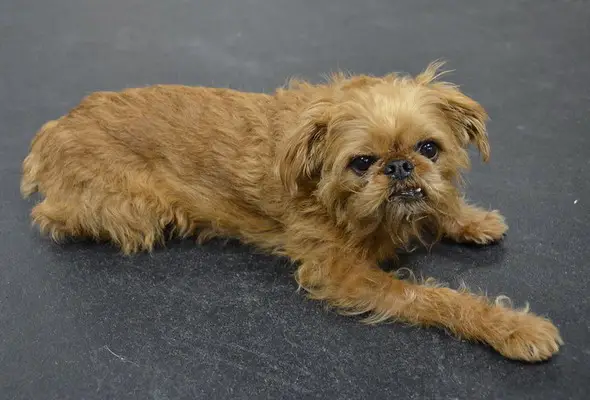
Average Lifespan: 12-15 years
Average Size: 8-10 pounds
Coat: Short to medium, wiry, smooth or double
The Brussels Griffon, or Griffon Bruxellois, is named for the city of Belgium. They originated in the eighteenth century and were employed by the coachmen of Brussels to clear rats from their stables.
With their intense eyes and seemingly insolent facial expressions, the Brussels Griffon breed is notoriously cute. Beneath the fringed beard and mustache, however, lies a sensitive and remarkably loyal dog that hunts rats with aplomb.
12. Schipperke
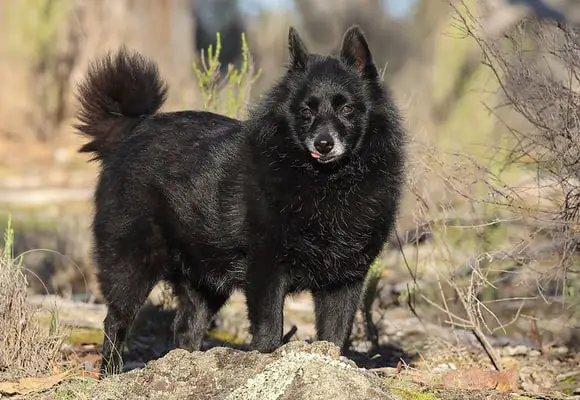
Average Lifespan: 12-14 years
Average Size: 10-16 pounds
Coat: Short, double
Another Belgian beauty, the Schipperke is a small dog that originated in the sixteenth century. Nicknamed the “Little Captain”, this breed has historically been a popular barge dog, bred for ratting.
With its regal bearing, compact size, and silken black coat, the Schipperke has been dubbed ‘cat-like’ and is known for its stealthy hunting style.
The Schipperke breed can become restless if confined or inactive for too long. With a patient and persistent owner, however, they are not only expert rat catchers but excellent guard and herding dogs too.

